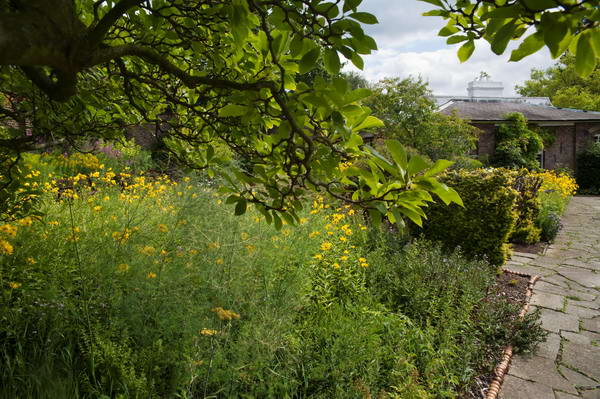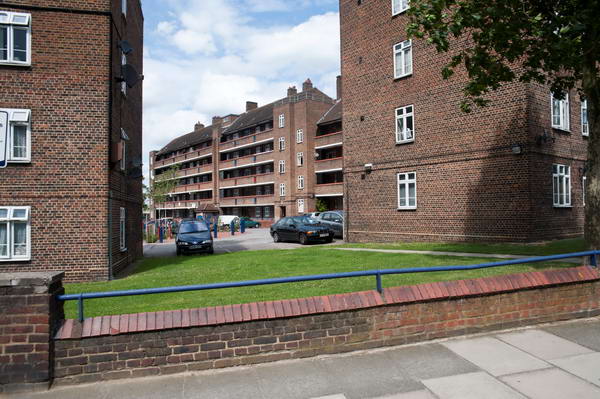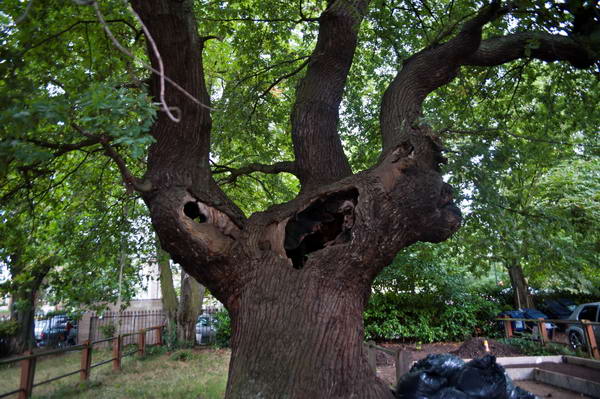I’d come to Brockwell Park for the annual Lambeth Country Show with Dave; its an event we’ve both photographed in the past, although its more than ten years since I really did much there. And walking briefly through it, neither could summon up much enthusiasm, except for a cup of tea at the café in Brockwell House on the top of the Hill. So, no pics of the Country Show.
It’s a nice house, built in 1811-13 for the wealthy city glass maker John Blades, who was then Sheriff of London and Middlesex in 181213 and had a good view of most of it from there, although I think the trees have been allowed to grow rather too much since. A public campaign to establish a park in Brixton at first concentrated on the site of Raleigh House on Brixton Hill, but the money raised was then diverted towards the much larger estate of Brockwell Park, which was bought as a Metropolitan Open Space in 1892, largely thanks to the work of Norwood MP Thomas Bristowe, who unfortunately collapsed and died from a heart attack during the opening ceremony.

We walked down from the house towards some of the gardens. Unfortunately the community garden was closed, but we were able to visit the Old English Walled Garden, converted from the houses kitchen garden by J.J. Sexby, the Chief Officer of Parks of the LCC, who also added lakes, waterfalls and a swimming pool – as well as establishing the first tea rooms in the hall.
It’s hard to imagine, sitting in or walking around the garden that you are in Brixton, hard to think of anything further from the public image of Brixton, and good to see that people were enjoying its peace.

Dave’s lived in the area all his life, and grew up on the Tulse Hill estate we came to next, a typical LCC estate started in 1939, built with an access from the park, solid well-spaced blocks completed after the war. Dave went to the same local boys school, Tulse Hill School, as Ken Livingstone, redeveloped as affordable housing where Jean Charles de Menezes was living in 2005 (the girls school, which overlooked Brockwell Park, was replaced by a luxury gated private development.)
Through the estate we walked along and up to Josephine Avenue, where the annual outdoor Urban Art fair was taking place, London’s largest such event. The late nineteenth century development of this road, formerly a part of Rush Common was governed by Lambeth Manor Inclosure Act of 1806 which prohibited building within 150 ft of the road. Houses on both sides are set back by this distance, with a wide path designed for carriages immediately in front of them and then an area now largely divided into individual gardens between that and the road, with an iron fence. The street side of this is covered with paintings, prints and drawings – and a few photographs – as pitches for the artists taking part in the fair.
These often neglected gardens made the street notorious in the recent past, with kerb crawlers and prostitutes taking advantage of its relative isolation from the houses – and some carrying out their trade alfresco in its bushes. An active residents group has done much to clean up the area – including the organising of the Urban Art fair and more recently, a small community garden adjoining the ‘Poet’s Tree‘.

Local legend that Queen Elizabeth I came up the Rvier Effra by boat to meet with Sir Walter Raleigh here under this ancient oak is almost certainly without any foundation, as the Effra was almost certainly not navigable to this point, although in the centre of Brixton some accounts say it was 6 ft deep. Henry Hastings, the first Baron Loughborough, who leased the manor of Lambeth Wick got an Act of Parliament to make the Effra navigable from Brixton Causeway to the Thames years later in 1664, but died before he could do so. (It was no consolation to him to get a Junction station some two hundred years later.) And although there was a Raleigh House nearby on Brixton Hill (where Raleigh Gardens is now) there appears to be no provable connection between the man and Brixton. But he certainly was a poet – as well as a courtier, explorer and pirate.
More or less this same text with rather more pictures is on My London Diary.